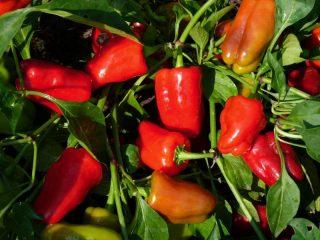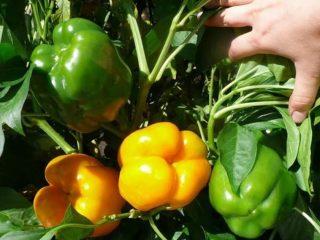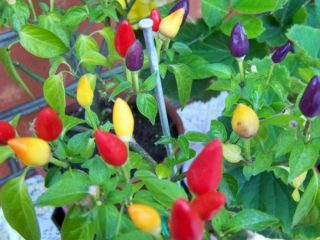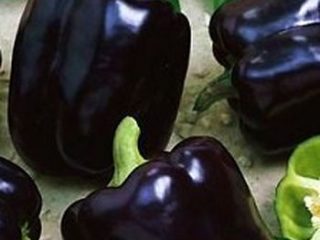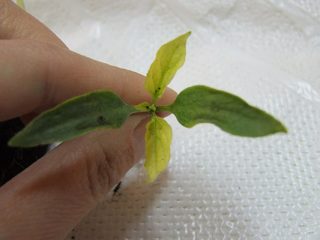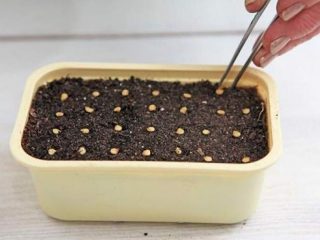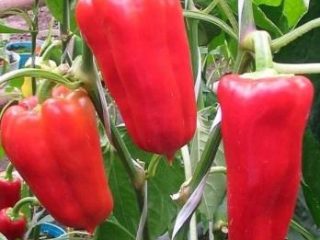Content
Lasanta pepper is new for 2020, a hybrid of Russian selection. Characterized by high yield and excellent taste. The fruits are elongated, with a pleasant gloss, bright red color. Fruiting lasts for a long time, the main wave occurs in July.
Origin story
Lasanta pepper is a new variety of sweet pepper (Capsicum annuum L.), obtained by breeder V. I. Blokin-Mechtalin. The culture belongs to the first generation hybrids (designation F1). An application for registration in the register of breeding achievements of the Russian Federation was submitted in November 2018. In 2020, the crop was included in the State Register
Description of Lasanta pepper
The Lasanta pepper bush is moderately spreading and tall. The leaves are medium in size, dark green in color, slightly wrinkled on the surface. The fruits themselves are drooping and very long. The surface is slightly wrinkled, glossy, finely ribbed. The fruits are in the shape of a narrow cone, the length is 4-4.5 times greater than the diameter.
The walls are 4-5 mm thick, the weight of one Lasanta pepper is on average 130-140 g. The color at the stage of technical ripeness is dark green, as it ripens it becomes bright red, with a crimson tint. The cut shows three nests with seeds. It will not be possible to obtain fertile offspring from the collected seed material, since Lasanta pepper is a hybrid and not a variety. Therefore, seeds must be purchased every year.
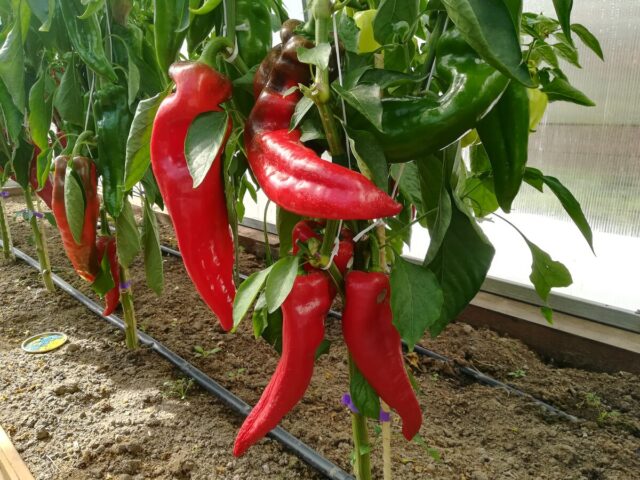
The fruits of the Lasanta variety are elongated, glossy
The taste of pepper is assessed as excellent. Vegetables can be used fresh and for all kinds of preservation, including in lecho, for pickling and pickling. The fruits retain their taste even after heat treatment. Keeping quality and transportability are good. Lasanta pepper can be transported to the point of sale or processing, including over long distances.
Characteristics of Lasanta pepper
The plant is a hybrid, therefore relatively resistant to diseases and adverse weather conditions. Another advantage is early ripening. The harvest can be harvested as early as July, and the fruits have time to fully ripen on the branch.
Lasanta pepper yield
The productivity of Lasanta pepper is quite high. The register of selection achievements states that 6 kg can be harvested from 1 m² of plantings. There is also evidence that the figure reaches 8-9 kg/m2. In both cases, we are talking about growing peppers in greenhouses or under film cover. If you plant seedlings in open ground, the yield will be slightly lower, and it also depends on weather conditions.
Fruiting dates
In terms of ripening time, Lasanta pepper is classified as an early ripening (early) hybrid.From the mass emergence of seedlings to the stage of technical ripeness, it takes from 95 to 110 days. The fruits have time to ripen on the vine. When planting seeds for seedlings in mid-February, the first harvest can be harvested at the end of June; the main wave of fruiting occurs in July. It lasts for several weeks, the period is long.
Disease resistance
Lasanta pepper has good resistance to late blight and tomato mosaic virus. The crop may suffer from the tobacco mosaic virus, and with excessive watering - from rot.
Therefore, water should be given regularly, but in moderation, so that the surface layer remains only slightly moist. As a preventive measure, fungicides are applied at the beginning of the season. To combat insects, folk remedies or insecticides are used.
Growing regions
The register of breeding achievements of the Russian Federation states that Lasanta pepper can be grown in all Russian regions, including:
- middle zone, Moscow region;
- Chernozem region;
- Volga region;
- southern regions;
- Northwest;
- Ural;
- Western and Eastern Siberia;
- Far East.
Advantages and disadvantages
Lasanta pepper is unpretentious. The bushes are moderately spreading and do not take up much space. Therefore, even from a small bed of 2 m² you can harvest 12-16 kg of crop.
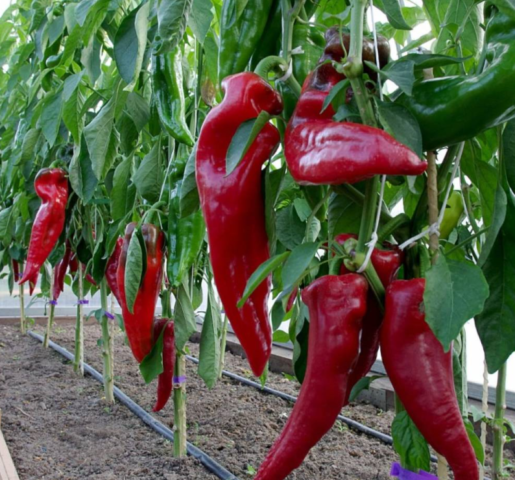
Lasanta pepper has time to ripen on the bushes
Pros:
- excellent taste;
- pleasant appearance;
- resistance to certain diseases;
- suitable for preservation;
- can be grown in most regions;
- good keeping quality;
- transportability.
Minuses:
- seeds have to be purchased every year;
- no resistance to tobacco mosaic virus.
Features of cultivation
Lasanta hybrid does not require special growing conditions. However, the culture is demanding, like other varieties of sweet pepper.Therefore, it is necessary to take care of normal temperature, high humidity and regular additional lighting.
When and how to sow seedlings
Lasanta pepper seeds should be germinated first. This takes 10-15 days. Therefore, sowing should be planned for the period from mid-February to the first ten days of March.
Instructions for growing Lasanta pepper seedlings are standard. Seeds are germinated on damp cotton pads or foam rubber. Planted in fertile soil to a depth of no more than 1.5 cm. Watered with a sprayer, grown at a temperature of 25-28 degrees (initially under glass). Be sure to add additional lighting.
After the shoots appear, the film is removed, the temperature is reduced slightly, and watering and additional lighting are continued. Two weeks before transplanting Lasanta pepper into the ground, the seedlings are hardened by taking them to the balcony or outside.
Transplantation into open ground
The transfer is planned after each seedling has formed at least 3-4 leaves. Moreover, the soil should warm up to at least 15 degrees, which is easy to check by burying a thermometer to a depth of 10 cm for a few minutes. The main period is in the middle or second half of May. Moreover, Lasanta pepper seedlings can be transferred to the greenhouse at the beginning of the month, and if the room is heated, then at the end of April.
When transplanting into open ground, adhere to the following scheme:
- distance between rows 60-70 cm;
- the distance between plants is 35-40 cm.
Thanks to this, 4-5 Lasanta pepper bushes can be placed on 1 square meter and save space, which is especially important when growing in a greenhouse or greenhouse. After planting, water each hole generously with warm, settled water.
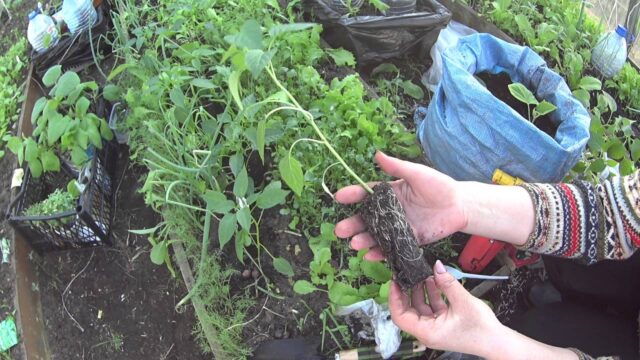
Seedlings are transplanted using the transshipment method
Further care
In the future, care for Lasanta pepper is standard. The plant needs regular moisture and feeding. The basic rules of agricultural technology are:
- Watering is done twice a week, and in hot weather up to 3-4 times.
- Fertilizing is applied every 10-15 days. You can use complex mineral fertilizers, alternating them with organic matter (mullein, infusion of cut grass, potassium humate).
- Periodically, the soil is loosened and weeded.
- Plantings are mulched with sawdust and straw.
- During the flowering period, it is very important to protect the pepper from the heat with a white cloth or special screens. Otherwise, the pollen may lose viability.
- Since the bushes are tall and productive, they need to be charmingly tied to a support.
Pest and disease control
Fungal diseases are prevented by treating seedlings with a fungicide in the first days of transplantation:
- Bordeaux mixture;
- "Fitosporin";
- "Ridomil Gold";
- "Tattu" and others.
In summer, plantings are periodically inspected for the presence of pests - aphids, spider mites, whiteflies, cutworms, slugs and others. If insects are detected, it is necessary to treat with an insecticide:
- "Fitoverm"
- "Karate";
- "Inta-Vir";
- "Ephoria"
- "Agravertine".
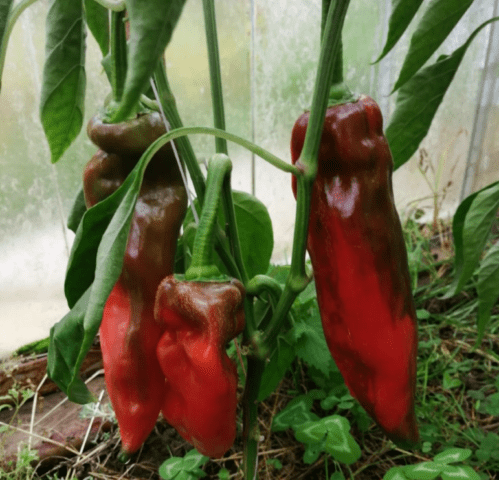
To reap a good harvest, the bushes need to be treated with a fungicide at the beginning of the season.
Conclusion
Lasanta pepper is an early-ripening hybrid, so it can be grown even in the northern regions. Particular attention should be paid to caring for seedlings. After transplanting into the ground, I regularly water and feed the plants - then from 1 m2 they collect 6-7 kg and even more.
Reviews from gardeners about bell pepper Lasanta F1
